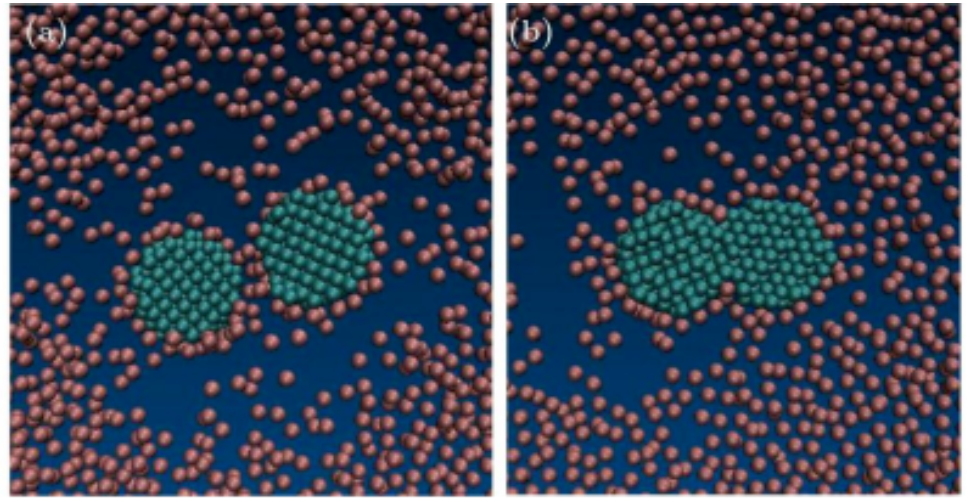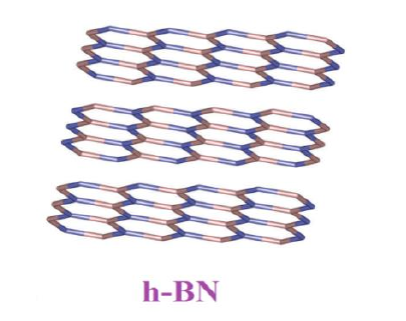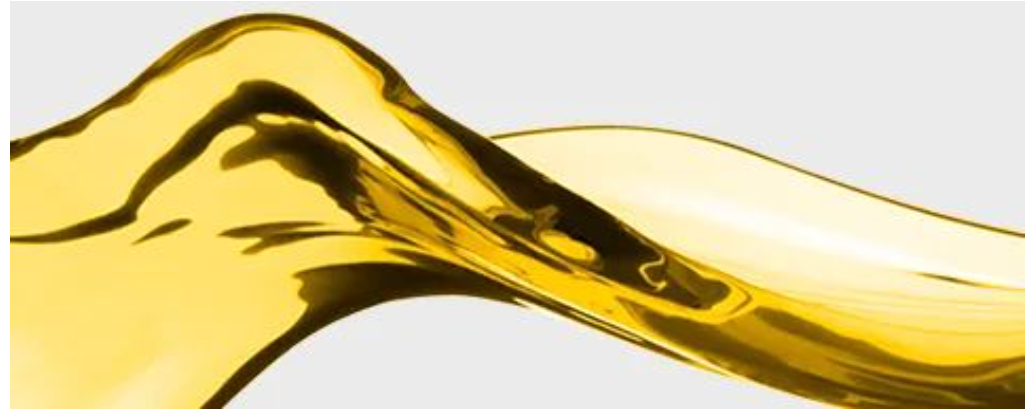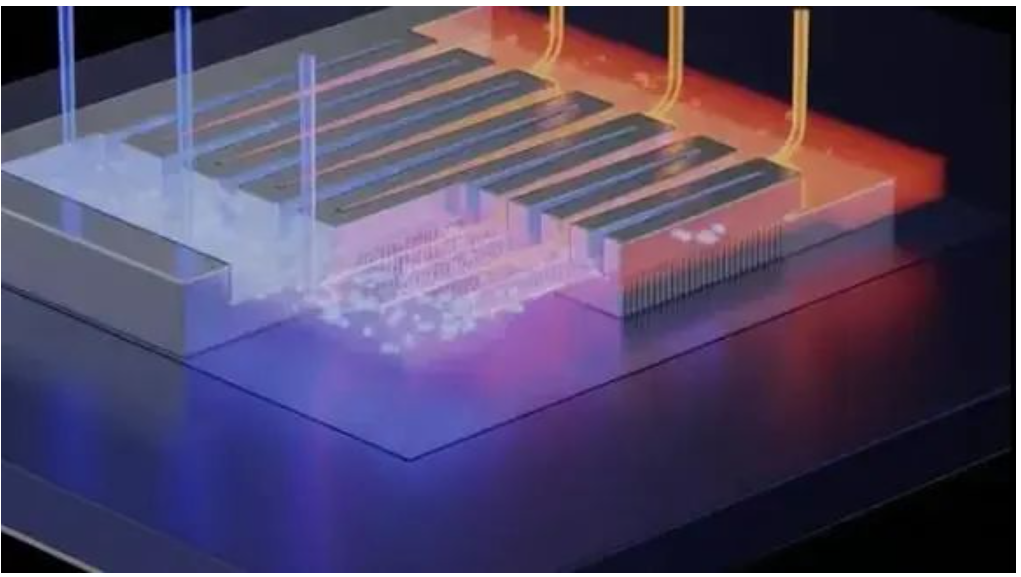13-October-2023
In
the past few decades, nanoscience has developed rapidly, so researchers
began to explore how to apply nanomaterial technology to enhance heat
transfer. In 1995, Choi of Argonne National Laboratory in the United
States first proposed the concept of "nanofluid", which has since
innovatively combined nanotechnology with the traditional field of
thermal engineering.
Nanofluid
is a new uniform and stable heat transfer medium prepared by adding a
certain amount of nanoparticles (size 1-100nm) to traditional liquids.
Compared with traditional heat transfer fluids, it can effectively
improve the heat transfer performance of thermal systems and meet the
enhanced heat transfer requirements under some special conditions
(microscale conditions), so it is considered a new type of heat transfer
fluid.
However,
the potential of nanofluids does not stop there. After being used in
heat exchange systems as a bridge between heat sources and cooling
equipment, it has gradually expanded to fields such as tribology, solar
collectors, and biomedicine. In the past decade, research on nanofluids
has aroused the interest of researchers at home and abroad and has
become one of the hot spots of concern.
Aggregation state of nanoparticles in fluids
Hexagonal
boron nitride (h-BN) is an isoelectric material similar to graphite. It
has a lamellar structure similar to graphite and is called white
graphite. It has a unique structure, excellent mechanical strength, and
high thermal resistance. Stability, oxidation resistance and chemical
inertness make it a material with great application prospects. If the
h-BN sheet structure is peeled off to obtain h-BN sheets with a
thickness of several nanometers, it can become boron nitride nanosheets
(BNNS), which is another two-dimensional nanomaterial.
The most outstanding thing about boron nitride is its application advantages when used in nanofluids. details as follows:
①Improve tribological properties
Friction
exists in almost all moving systems (drilling, cutting, cutting,
machining and forming, etc.). Excessive friction will cause energy loss,
mechanical failure and low work efficiency. In order to minimize the
adverse effects of friction, solid or liquid lubricants are usually
used, with the latter generally being the first choice for eliminating
friction.
②Improve heat transfer performance
In
the electronic and electrical industry, how to improve the thermal
management capabilities of equipment is a very important topic. Many
electronic products and mechanical equipment today use air cooling to
remove waste heat. However, the thermal conductivity coefficient of air
is extremely low, which limits the heat dissipation efficiency of heat
dissipation equipment. Liquid cooling can effectively solve the heat
dissipation problem under high heat flux densities in the electrical and
electronics industry due to its high heat dissipation efficiency and
quiet operation.
③Enhance photothermal conversion efficiency
Heating
water using solar radiation is one of the many beneficial things that
can be done with solar energy. Efficient use of solar energy can reduce
or even replace the traditional way of providing the hot water needed
for equipment through the combustion of fossil fuels. The collector is a
key component of the solar water heating system, which can collect
clean solar energy and convert it into thermal energy for water heating.
Methods of increasing heat transfer through collectors can be divided
into two categories: passive methods and active methods. Compared with
active methods, passive methods do not require the action of external
force. Utilizing nanofluids as heat transfer media in direct absorption
solar collectors is a passive method to improve heat transfer.
④Improve drug loading capacity
Carbon
nanomaterials have been extensively studied in medical fields such as
biosensing, medical imaging, and cancer cell targeted therapy. However,
carbon nanomaterials have certain cytotoxicity that limits their
clinical application. Therefore, alternatives to carbon materials have
been developed. Things are very meaningful. As a structural analog of
carbon nanomaterials, BN's performance matches that of carbon materials.
Its low cytotoxicity, excellent chemical stability and high thermal
stability give it a strong competitive advantage in the medical field.
However,
it should be noted that although lower concentrations of BN have been
proven to be uniformly dispersed in water for a long time, whether
high-concentration BN materials can be effectively dispersed and stably
in different fluid media determines the performance of boron nitride
composite nanofluids. The key to large-scale application is that more
research on new processes is needed in this regard.





